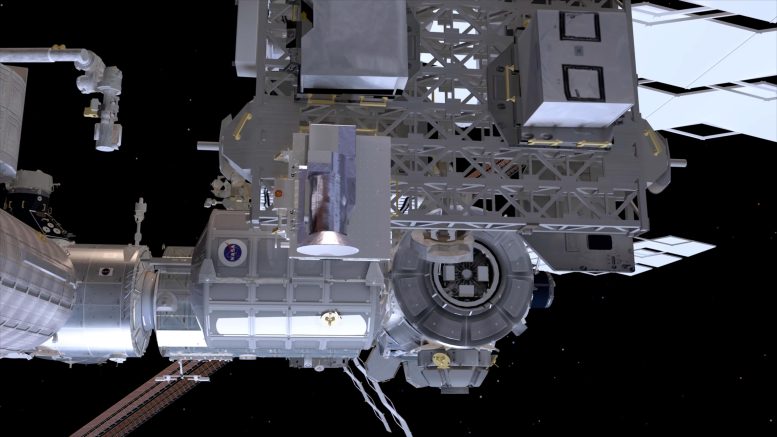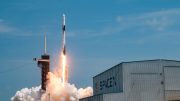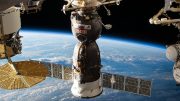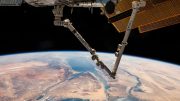
NASA’s Atmospheric Waves Experiment (AWE) was successfully installed on the International Space Station. This process involved using the Canadarm2 robotic arm to place AWE on the ISS’s EXPRESS Logistics Carrier 1. Data collected by AWE will enable scientists to determine the physics and characteristics of atmospheric gravity waves and how terrestrial weather influences the ionosphere, which can affect communication with satellites. Credit: NASA’s Goddard Space Flight Center Conceptual Image Lab
NASA’s Atmospheric Waves Experiment (AWE) was installed on the ISS on November 18, becoming operational on November 20. This mission aims to analyze atmospheric gravity waves and their effects on space weather, aiding in satellite communication.
On Saturday, November 18, at 2 p.m. EST, the installation of NASA’s Atmospheric Waves Experiment (AWE) was completed on the International Space Station (ISS).
By remotely controlling the Canadarm2 robotic arm, engineers first extracted AWE from SpaceX’s Dragon cargo spacecraft a couple of days after it arrived at the station on November 11. Then, on Saturday, using the Canadarm2 robotic arm again, engineers completed AWE’s installation onto the EXPRESS Logistics Carrier 1, a platform designed to support external payloads mounted to the International Space Station.
From its unique vantage point on the International Space Station, NASA’s Atmospheric Waves Experiment (AWE) will look directly down into Earth’s atmosphere. Credit: NASA’s Goddard Space Flight Center Conceptual Image Lab
After sending initial commands to AWE on Monday, November 20, the team has confirmed that the instrument has power. All four cameras are on and data is being received by the science team. The mission is operating as expected.
AWE will enable scientists to compute the size, energy, and momentum of atmospheric gravity waves, which can be formed by weather disturbances, such as thunderstorms or hurricanes. AWE is the first NASA mission to attempt this type of science to provide insight into how terrestrial weather impacts space weather which may affect satellite communications and tracking in orbit. AWE has joined NASA’s fleet of heliophysics missions studying the heliosphere – a vast interconnected system that includes the space surrounding Earth and other planets, out to the farthest limits of the Sun’s constantly flowing stream of solar wind.
Attached to the International Space Station, NASA’s Atmospheric Waves Experiment, or AWE, is studying airglow, an ethereal radiance at the boundary between Earth’s atmosphere and space, to look for an invisible phenomenon called atmospheric gravity waves. Caused by winds rushing over mountain ranges or severe weather events such as hurricanes, thunderstorms, and tornadoes, atmospheric gravity waves can grow and reach all the way to space, where it interacts with space weather. Credit: NASA’s Goddard Space Flight Center
AWE is led by Ludger Scherliess at Utah State University in Logan, and it is managed by the Explorers Program Office at NASA’s Goddard Space Flight Center in Greenbelt, Maryland. Utah State University’s Space Dynamics Laboratory built the AWE instrument and provides the mission operations center.









Be the first to comment on "NASA’s Atmospheric Waves Experiment Successfully Installed on Space Station"